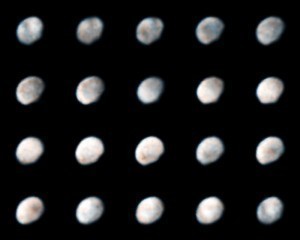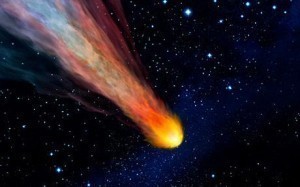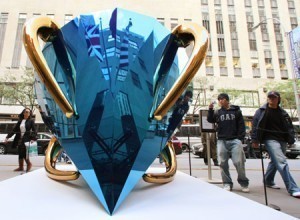Largest Asteroid
Ceres, also known as 1 Ceres, is the first asteroid ever to be discovered. Aside from that, it is also considered as the largest asteroid ever observed. Or is it? Because, when Ceres was first discovered, it had been mistaken for a comet and was even almost declared a planet. Interestingly enough, it looks as though the latter may still be the case.
It was on January 1, 1801 when Giuseppe Piazzi, an Italian Catholic priest, mathematician and astronomer, discovered a moving object that resembled a star. Thinking that it was a comet at first, he wrote of his find in January 24, 1801, sending letters to 2 fellow astronomers, Johann Elert Bode of Berlin and Barnaba Oriani of Milan. In his letters, Piazzi referred to his discovery as a comet, but at the same time noted that the movement of the object was so slow and somewhat uniform that it occurred to him that the object may possibly be something more than just a comet. Piazzi would observe the supposed comet 24 times until his observations were interrupted in February 11, 1801 due to illness. His complete research was published in September 1801.
Originally, Piazzi intended to name his discovery Ceres Ferdinandea, after the Roman plant goddess Ceres and Sicilian monarch King Ferdinand III. Ultimately, the name Ferdinandea was dropped, and the object was named simply as Ceres. However, the comet-like object would also be known by other names. In Germany, it was briefly known as Hera, after the queen of the gods in Greek mythology. Meanwhile, in Greece, it has been named Demeter, after the Greek fertility goddess and the equivalent of the Roman Ceres.
The exact status of Ceres would the subject of debate for many years. While Piazzi had called it a comet, the German astronomer Bode proposed that Ceres was actually a missing planet located between Jupiter and Mars. This view prevailed for a long while, and Ceres was classified as a planet for around a half century. But once additional objects were observed in its orbit, it would become clear that Ceres was merely one of these newly-discovered heavenly bodies. In 1802, German-born British astronomer Sir William Herschel named these objects asteroids, which meant “star-like.” Being the first discovered asteroid, Ceres was designated as 1 Ceres, corresponding to the modern asteroid numbering system.
But the classification of Ceres would be amended yet again when it was nearly declared the 5th planet from the sun in 2006. However, a planet is required to have a clear orbit, whereas Ceres shared its orbit with other asteroids. Hence, on August 24, 2006, Ceres was instead classified as a dwarf planet. While it is the smallest dwarf planet in the Solar System, it remains the largest celestial body within the asteroid belt, measuring 952 kilometers in diameter. Its dimensions in kilometers are 975 x 975 x 909 km.





